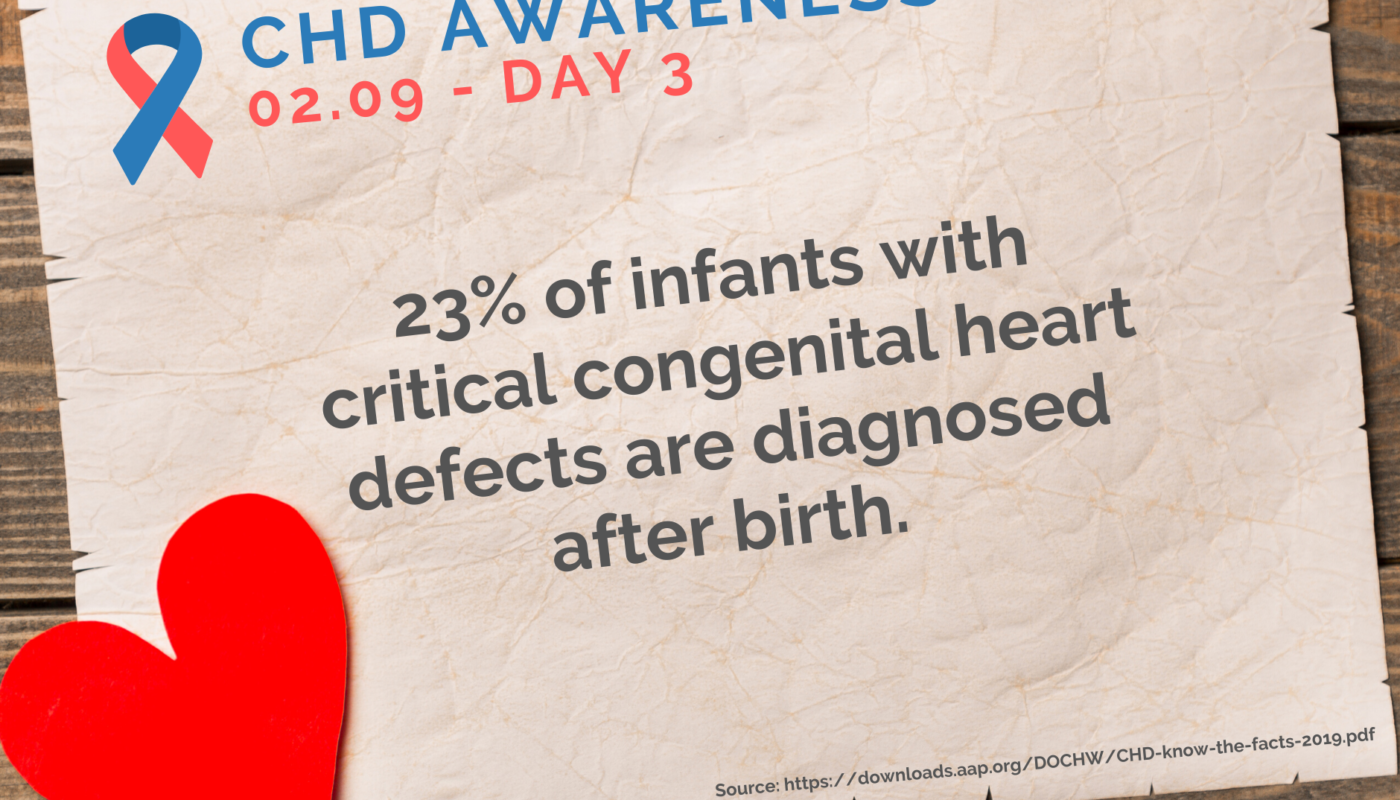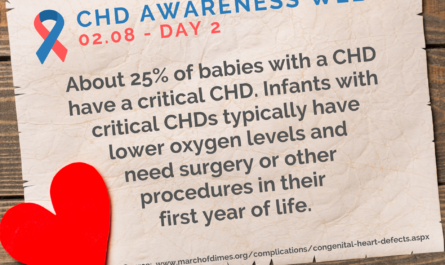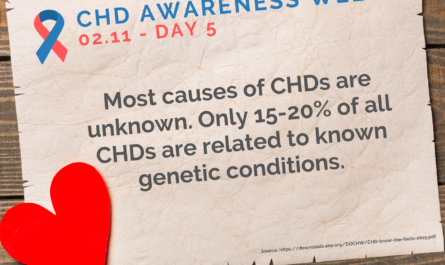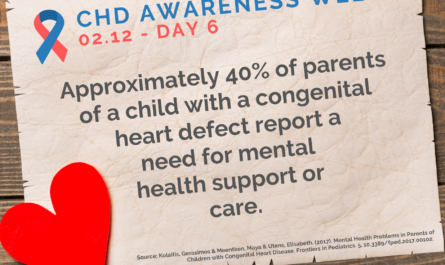We did not know anything was even potentially wrong with AJ until after he was born. In fact, we all took turns holding him after birth. I have photos that I will forever treasure of my new baby boy, scar free, wire and cord free, moments of pure new baby bliss.
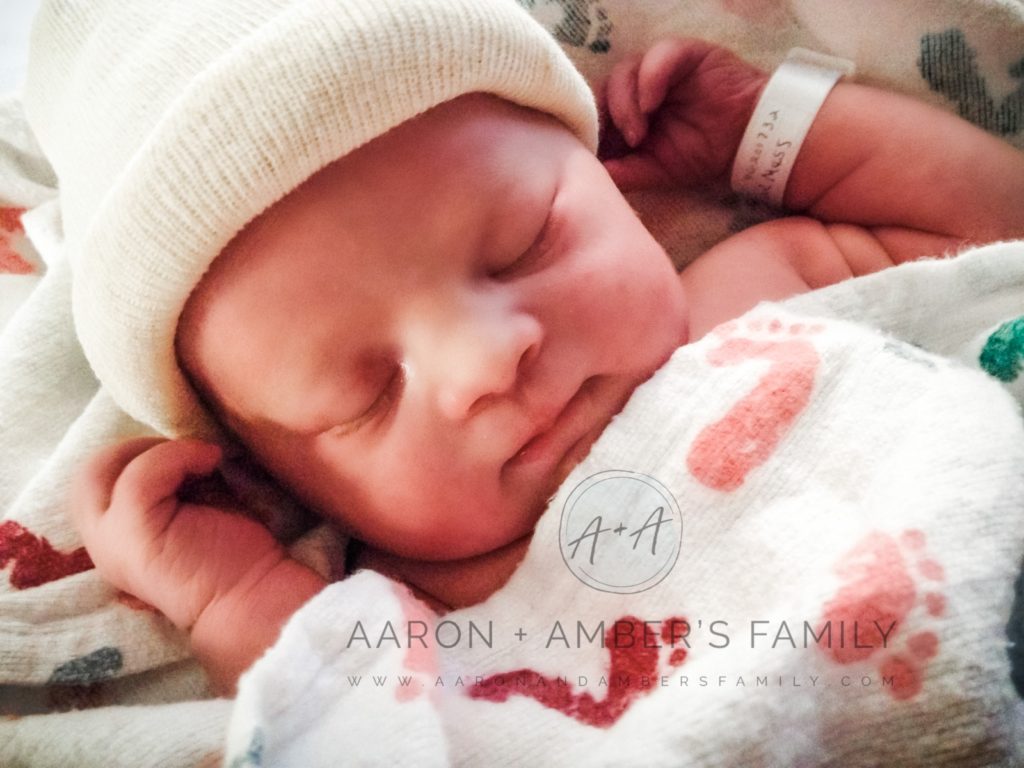
In those moments, everything was perfect and I had no worries about his heart or health.
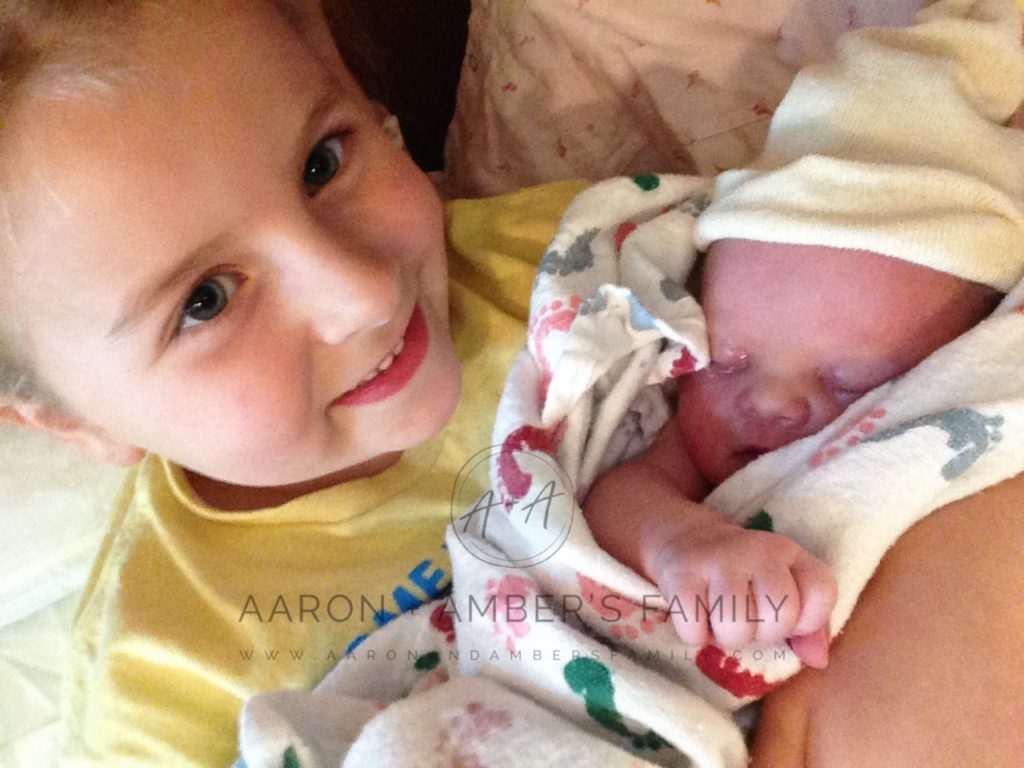
I look back at pictures and I see the moment when Averie was holding him as the doctor looked him over. Such a sweet innocent moment. No tubes, no wires, just a proud big sister holding on to her tiny little brother.
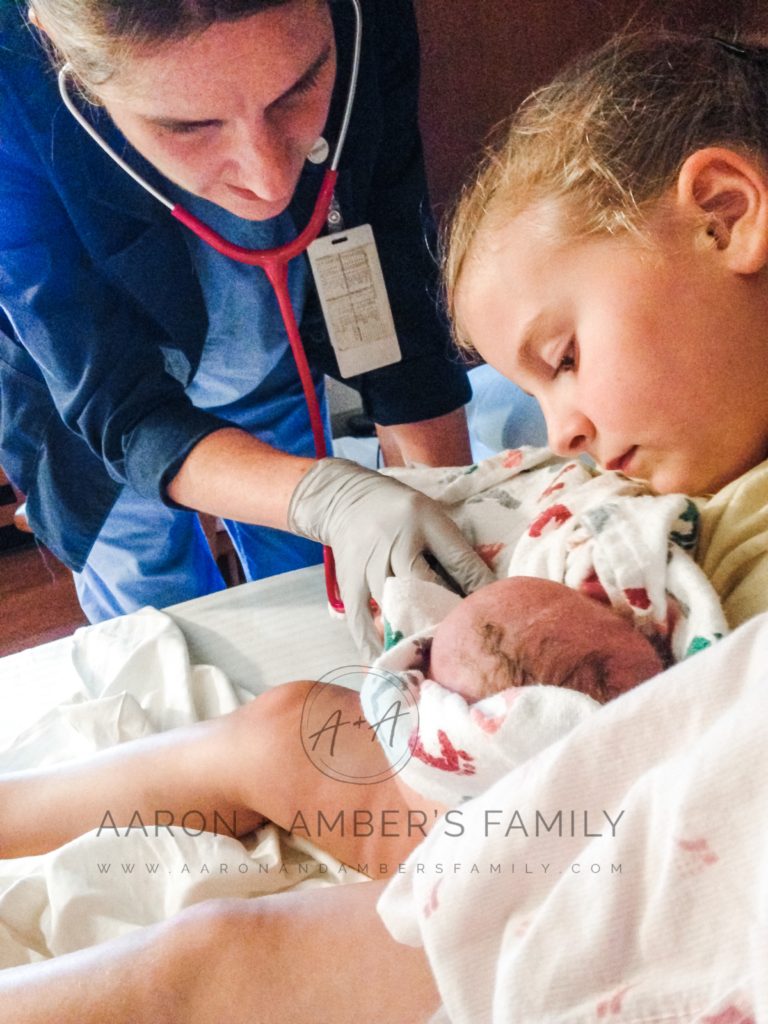
Only moments later she informed us that he may have Down syndrome, and moments after that he earned himself a ticket to the NICU when he gagged and turned an awful shade of blue. The next picture I had of him had wires.
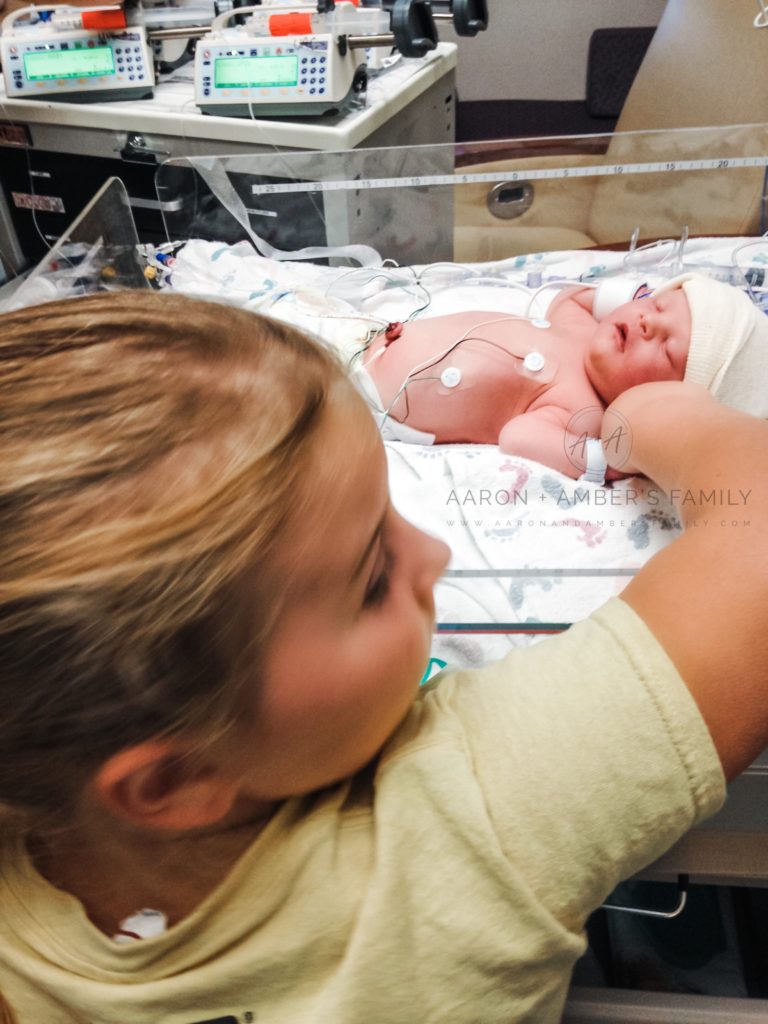
He was ultimately prepped for transport and moved to the local children’s hospital. Since I had just given birth, I wasn’t allowed to leave. I had to wait until the morning to be discharged.
I will never forget that walk out of the hospital. I walked empty handed past other new parents who were proudly taking their babies home. I thought I had experienced pain before, but that moment is absolutely the most painful moment I can remember ever experiencing. I’m not a spiteful person, but I was so angry in that moment. Angry that they got to take home their babies while I didn’t even get to hold mine that day. Angry that they were going home and I wasn’t certain I was ever going to take my son home. I was just flat out angry, jealous, and mostly scared and hurting.
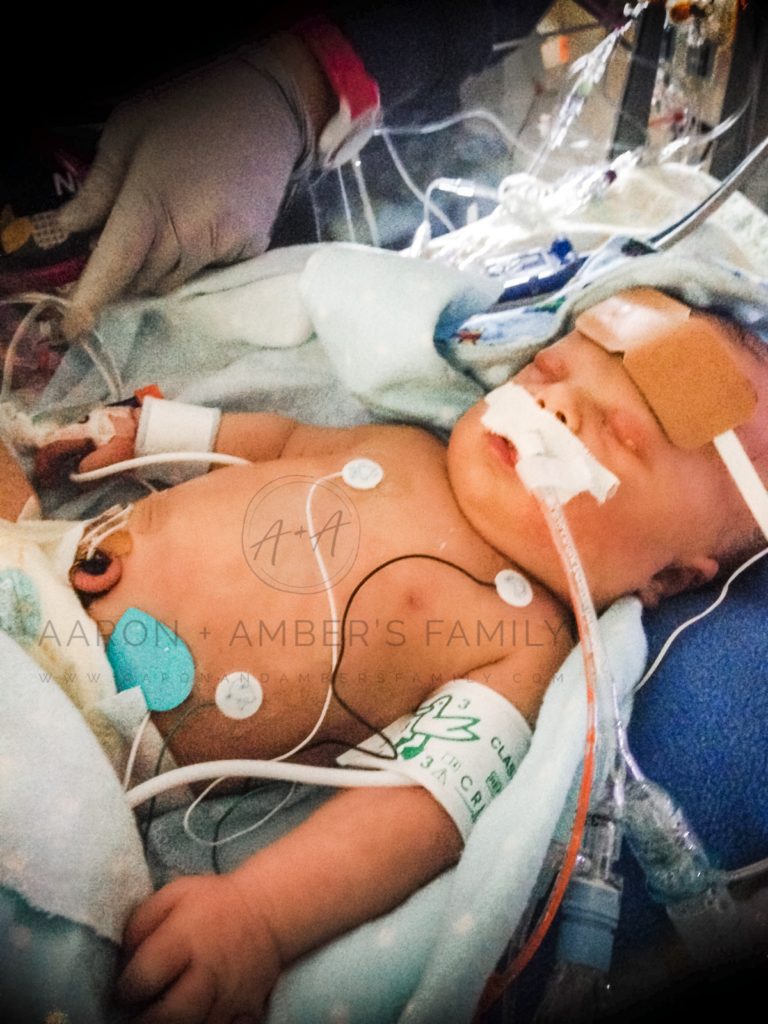
Could AJ’s CHD have been detected earlier? Potentially, yes. Some moments I wish that it was, we could have been better prepared. We could have delivered in Philadelphia even.
23% of critical CHDs are not identified until after birth. Hypoplastic left heart syndrome is often caught during the 20 week anatomy scans. Yes, anatomy scans, not gender scans. I get it, I was that person once too. But that 20 week ultrasound isn’t scheduled so that you can find out if you should be decorating your room in pink or blue, it’s scheduled to review every aspect of your babies anatomy to identify any potential discrepancies. That includes the heart.
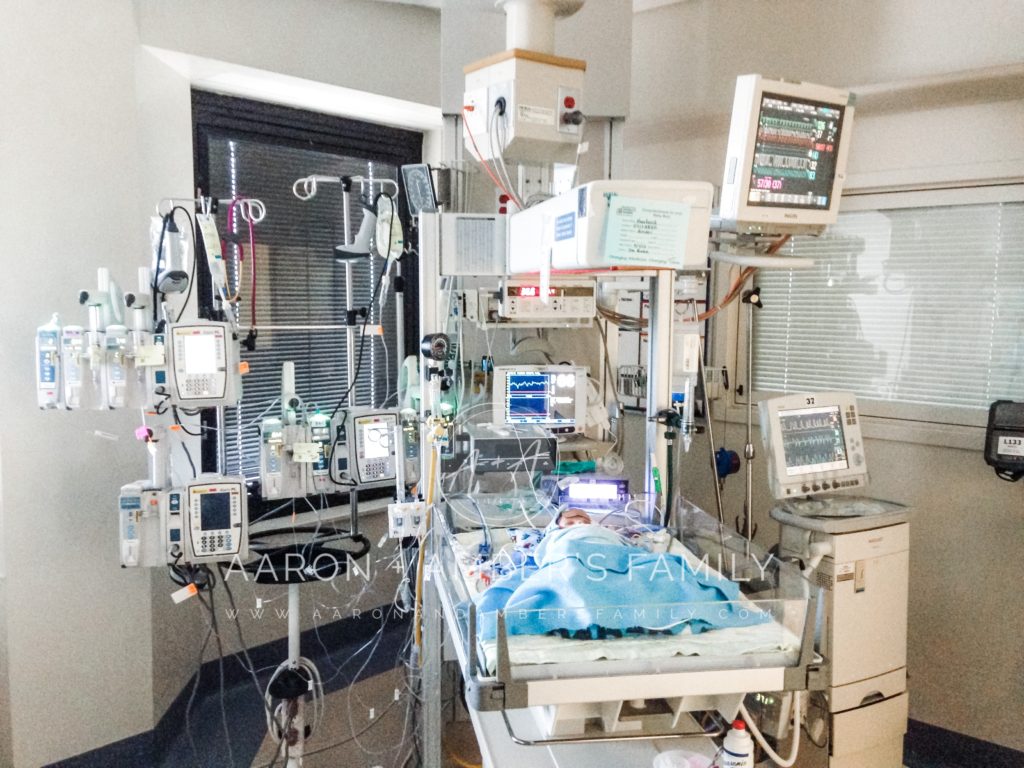
At the 20 week ultrasound they are looking at the heart to confirm that all four chambers are there like they should be. They’re checking to make sure that the vessels leaving the heart cross each other on the way out. They’re checking for holes in your babies heart. And hopefully they’re also checking to make sure that all of the valves are present and working as expected – though not everyone is trained to look that closely at the valves. If your doctor does not discuss your baby’s heart with you after the ultrasound, be sure to ask them about these four areas.
Oh. And while they’re looking around at all the vital organs, they’ll also take a quick peek to identify whether you’ll be having a boy or a girl.
If a complex CHD is not caught during pregnancy, risks are high. Most severe CHDs can be flagged by a simple pulse oximetry test. It’s non-invasive and is as simple as wrapping a bandage around a finger, hand, toe, or foot. Many of you may recognize it as a finger clip since that’s what is used for adults. The pulse oximeter will show how much oxygen is in the bloodstream. A lower than expected number would indicate a possible concern for a CHD and additional testing.
These pulse ox readings only became a standard in 2018. AJ was born in 2015. If he hadn’t choked/gagged and turned blue, we might have taken him home instead. We may have caught other symptoms – sweating during feedings, his coloring being off, fast breathing – but it may have been too late for surgical interventions. If he hadn’t choked during that one feeding, there is a good chance that he would not be here today.
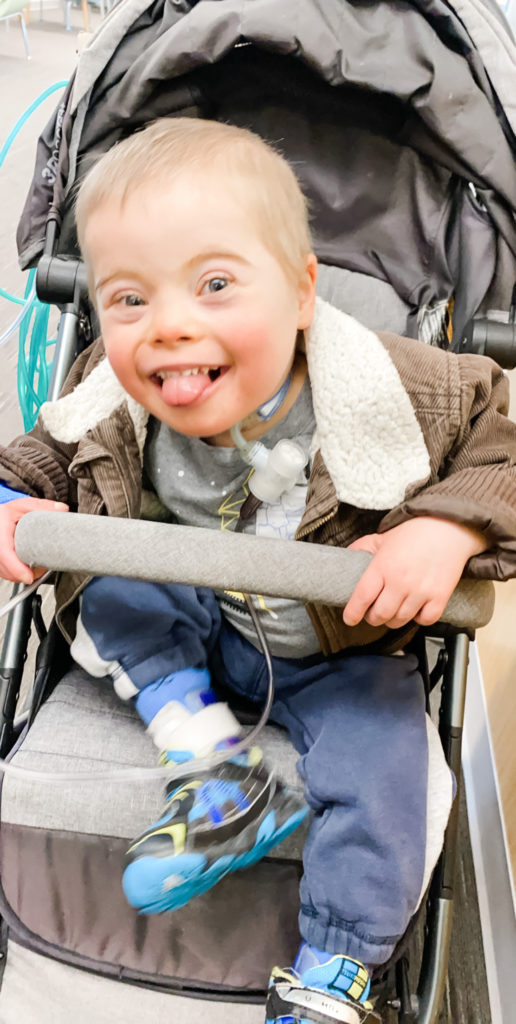
I don’t think new moms should be paranoid about everything, that’s certainly not the point of this post, but I do believe that knowing what the medical teams are meant to be checking and understanding why they’re checking it is truly important. Knowing what questions to ask and what to look for can truly be life saving

